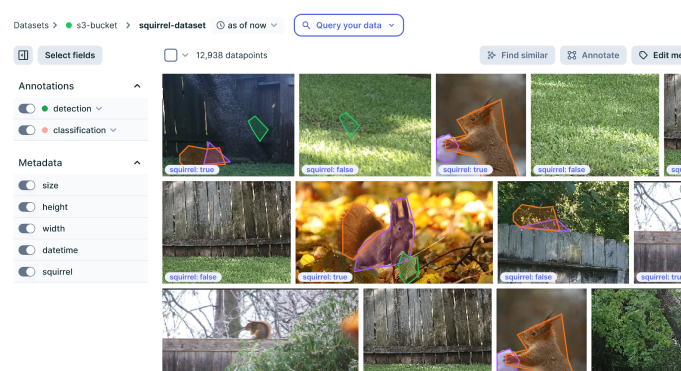
When is Active Learning Valuable?
Active learning is valuable when there is a scarcity of labeled data or the labeling process is time-consuming or costly. It is particularly useful when the cost of labeling is high, and the available data is abundant. By selecting the most informative data points for labeling, active learning can enable efficient model training with fewer labeled examples. This can significantly reduce the cost and time associated with labeling and enable organizations to make more informed decisions and drive better outcomes.
Active learning model
An active learning model is a machine learning model that can learn from a limited amount of labeled data by actively selecting the most informative samples for annotation. The selection of informative samples is based on the uncertainty of the model’s predictions or the representativeness of the samples in the data distribution. The model is then retrained on the newly labeled data and the process is repeated iteratively to improve the model’s performance.
Active learning models are commonly used in situations where acquiring labeled data is expensive, time-consuming, or infeasible. By selecting the most informative samples for annotation, the active learning model can achieve higher accuracy with fewer labeled samples, compared to a model that is trained on a randomly selected subset of the data. Active learning models have been applied to a wide range of machine learning tasks, such as object recognition, natural language processing, and bioinformatics.
Improve your data
quality for better AI
Easily curate and annotate your vision, audio, and document data with a single platform

Examples of Active Learning in Machine Learning
Active learning can be used in a variety of applications, including:
- Natural Language Processing: In sentiment analysis, active learning can be used to select the most informative reviews or tweets for labeling, reducing the amount of labeled data needed to train a model.
- Computer Vision: In object detection, active learning can be used to select the most informative images for labeling, reducing the amount of time and resources needed to train a model.
- Speech Recognition: In speech recognition, active learning can be used to select the most informative audio clips for labeling, reducing the amount of labeled data needed to train a model.
- Medical Diagnosis: In medical diagnosis, active learning can be used to select the most informative medical images for labeling, reducing the amount of time and resources needed to train a model.
- Fraud Detection: In fraud detection, active learning can be used to select the most informative fraudulent transactions for labeling, reducing the amount of labeled data needed to train a model.
What Are Some Common Active Learning Algorithms?
There are several active learning algorithms that are commonly used in machine learning. One such algorithm is uncertainty sampling, which selects the samples that the model is most uncertain about. Another algorithm is query by committee, which involves training multiple models on the same dataset and selecting the samples on which the models disagree. A third algorithm is density-based sampling, which selects samples from regions with the highest density of data points. Other popular algorithms include variation ratio, expected model change, and information density. The choice of algorithm depends on the specific problem domain and the characteristics of the data.
In summary, active learning is a powerful technique that can reduce the amount of labeled data required to train a machine learning model while still achieving high levels of accuracy. By selecting the most informative samples for labeling, active learning can greatly improve the efficiency and effectiveness of the model training process.
Active learning is particularly valuable in situations where labeling large amounts of data is time-consuming or expensive, such as in medical diagnosis, fraud detection, and other applications where expert labeling is required. By reducing the cost of labeling and improving the accuracy of the model, active learning can help organizations make more informed decisions and drive better outcomes.
Improve your data
quality for better AI
Easily curate and annotate your vision, audio, and document data with a single platform

